Sarah Gish and son Matthew on the road
Not everyone is curious about history, but I always have been. I wanted to see my birthplace of Ann Arbor — which I did two summers ago — and I wanted to learn more about the history of our nation. I was hungry for my school-on-wheels: It was time for a road trip for my “Ignite Your Life!” art project.
Road trips have always been my greatest teacher, and this project provided the perfect inspiration.
I decided to head to the East Coast for an exploration of our country’s birth. I wanted to see the Broadway musical Hamilton, since that updated version of our country’s history was a perfect backdrop. I was meeting up with my younger son in Tennessee, and he and I would travel and learn together for much of the trip.
The plan was to hit all 13 states that were the original colonies while learning about our nation’s birth and writing Lin-Manuel Miranda’s lyrics on the back window of my car every day.
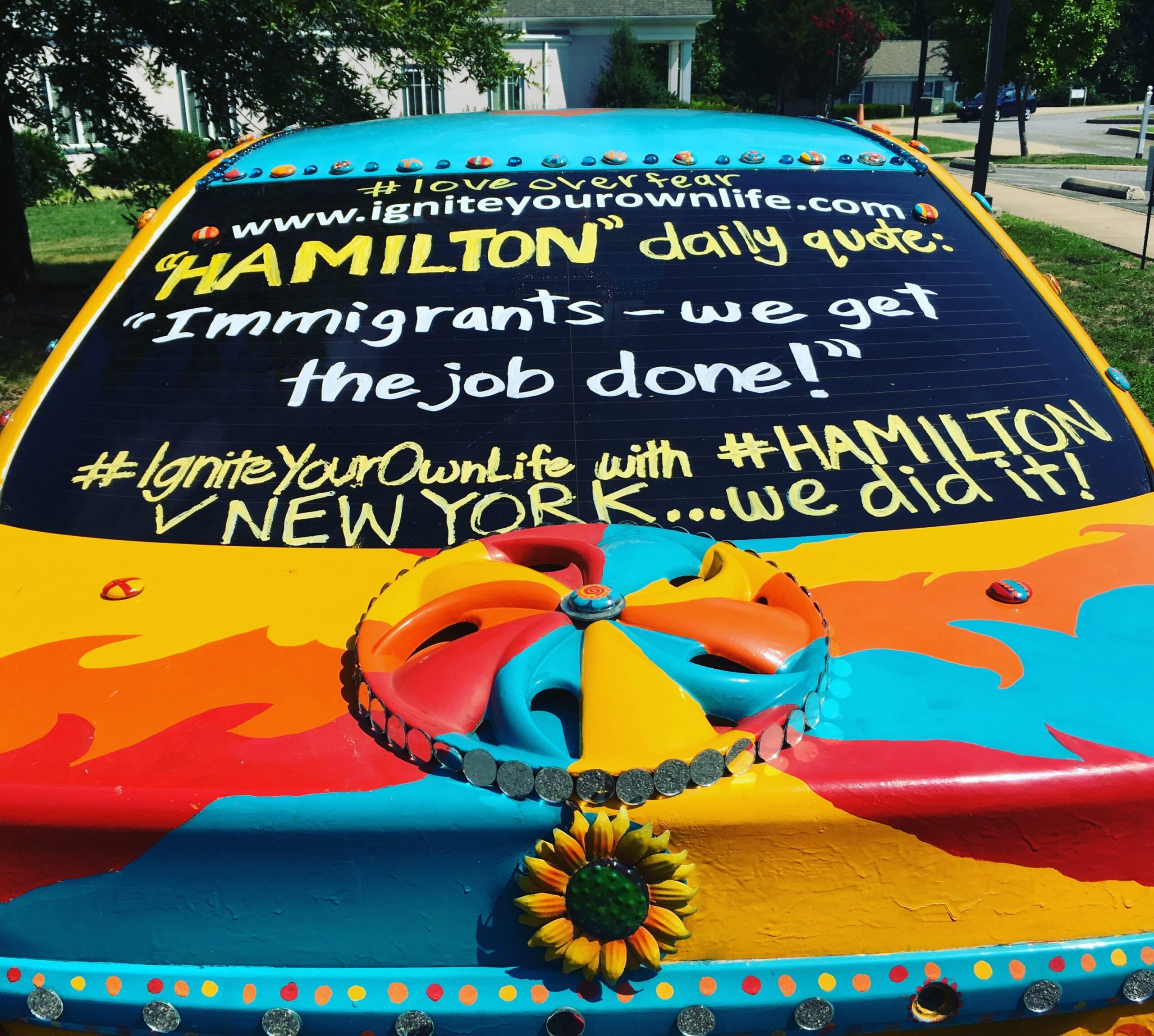
It would be a red, white and blue road party! In the end, I drove more than 4,000 miles through 18 states, including the colonial ones. It was a long and winding trip, packed with memories and stories and educational wonders.
And there were many Ignite Your Life! photos along the way.
Civil Rights in Little Rock
I spent the first night at a darling Airbnb in Little Rock, around the corner from historic Central High School, a site that ignited our nation’s desegregation. Images from that day were on my mind as I stood on the front lawn, the very site where thousands of white people screamed at the nine black children entering the formerly all-white school.
I had to stop for a moment as emotions overcame me. I took a photo of a black man in front of the school, and it hit me that our country’s history was complicated, often ugly and still unfolding.
As I sped down the road to pick Matthew up from camp, I noticed whisperings of our Native American forebears everywhere. Tenaha, Texas, was named after a Cherokee tribe; the Ouachitas National Forest was named after the Washita tribe. Places with names like Indian Springs Mobile Home Park and The Tradin’ Post kept popping up, and I noticed Indian connections with ordinary food items such as beef jerky and Cherokee cigarettes. I reflected on my own summer-camp experience, in which we had two teams, the Nolichuckies and Wataugas — both named after Indian tribes in the Tennessee area.
They say that history is written by the victors, so that weighed heavily on my mind as I planned our trip. I wanted us to learn the Native American and African-American stories alongside the history of our founding fathers. Our country’s new president was touting “Make America Great Again,” and I knew that “great” was in the eye of the beholder.
It wasn’t so great for people of color, and I wanted to make sure that my son and I got the full tale.
D.C. and Philly
The museums in Washington, D.C., are spectacular and became our three-dimensional textbooks. We visited the Museum of American History, the beautiful new National Museum of African American History and Culture and the National Museum of the American Indian — each place providing a separate yet important view into our country’s birth. Seeing the original “Star Spangled Banner” brought tears to my eyes, as did the replica of the lunch counter and big displays of the actual words from broken treaties.
On our last day in D.C., we visited the Newseum, an interactive museum that promotes free expression while tracing the history of communication and extolling the First Amendment.
Our country’s new president was touting “Make America Great Again,” and I knew that “great” was in the eye of the beholder.
We spent a quick two days in Philadelphia, the perfect place to prep for Hamilton. We visited historical sites such as Independence Hall.
Women’s voices were silent in Independence Hall when the male representatives of the newly-formed American colonies spoke so I decided to film a diverse selection of women speaking The Declaration of Independence.
Now It Is Our Turn: Women Reading The Declaration of Independence is very empowering – it is as if women were FINALLY “in the room where it happened!” I believe this is just the beginning of my exploration of the women’s side of the story of American history: I’d love to convince Julie Taymor to write a bookend to Hamilton, one in which Betsy Ross leads the way as a rebellious “matriot” (the woman’s version of a patriot), or perhaps the main character could be Deborah Sampson, a woman who dressed as a man in order to participate as a soldier in the Revolutionary War.
Also on our itinerary was the Betsy Ross House, which we learned had almost been torn down. Seeing where the flag was made after seeing the actual flag was very special.
A building I was very excited about seeing — the First Bank of the United States — was a dusty, abandoned, historic landmark in limbo. It was the bank championed by Alexander Hamilton in his role as the first Secretary of the Treasury, and I was surprised that it hadn’t been turned into a tourist attraction.
Broadway Bound
It was time for us to hit the Big Apple. I had been putting different lyrics on the back of my car, sometimes curating them to fit the locale. As we drove into New York, “History is happening in Manhattan and we just happen to be in the greatest city in the world!” was emblazoned on the back.
The first full day there, Matthew and I went to the 9/11 Memorial & Museum, which was an eloquent response to a national tragedy. As you enter the plaza in front, you can see Reflecting Absence, two pools that sit in the footprints of the South and North Towers. Names of the victims cover the exterior of the pools, and trees have been carefully landscaped around them.
The museum and memorial sit on eight of the original 16 acres of the two towers, and exhibitions include photographs, memorabilia, personal stories, and more. Ironically, after 9/11, I wanted to join a group that was volunteering there but couldn’t, since I just had a baby. That baby was my son Matthew, who was visiting the site with me.
We had only three days to win the Hamilton lottery, and I wasn’t going to chance anything.
We had been preparing for this for months: learning the lyrics, reading the books, and, most importantly, figuring out how to lottery it.
We got the HAM app and entered the lottery dutifully. On our final day, we woke up at 5 am, boarded one of the world’s oldest metro systems, and headed to the Richard Rodgers Theatre to line up for tickets.
Each day, 46 tickets on the first two rows are sold for $10 each to lottery winners. Tickets that aren’t claimed are sold at a deep discount to those in line at the theater. The plan was to purchase the less expensive tickets if we didn’t win the lottery. Matthew is an actor and was very excited to be able to see Hamilton, so we were determined to make it happen. We didn’t win the lottery, but we ended up getting tickets on the second row for a substantial discount.
Nothing prepared me for seeing Hamilton. I cried as soon as I walked into the theater — it was all so unreal. The mood was electric, the way I imagined theatre-going must have been in Shakespeare’s time. We could bring in backpacks and food and drink, and people were excited and buzzing around. We had driven miles and miles, and I had written Miranda’s words on my car painstakingly every day — everything from “And so the American experiment begins” to “There’s a million things I haven’t done, but just you wait!”
And there we were, seeing Hamilton from the second row, in a 1925 theater in the city where Alexander Hamilton himself had lived.
As I watched the story of our nation unfold on stage, told through the modern beats of hip-hop and rap, it struck me that the energy of the people telling it overcame the powerlessness of their ancestors. When they sang out “Immigrants, we get the job done!” it was very clear that Lin-Manuel Miranda and I had something in common.
We both wanted to know the entire history of the United States, not just the story told by the victors.
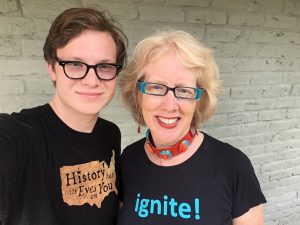
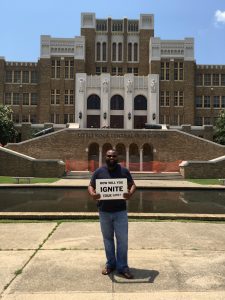



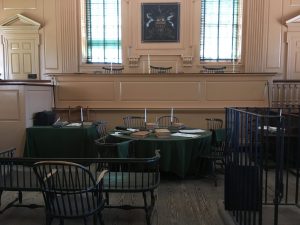
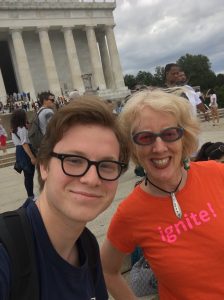
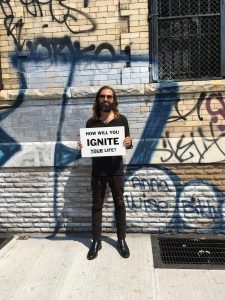

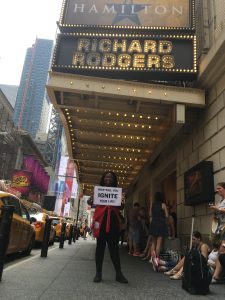


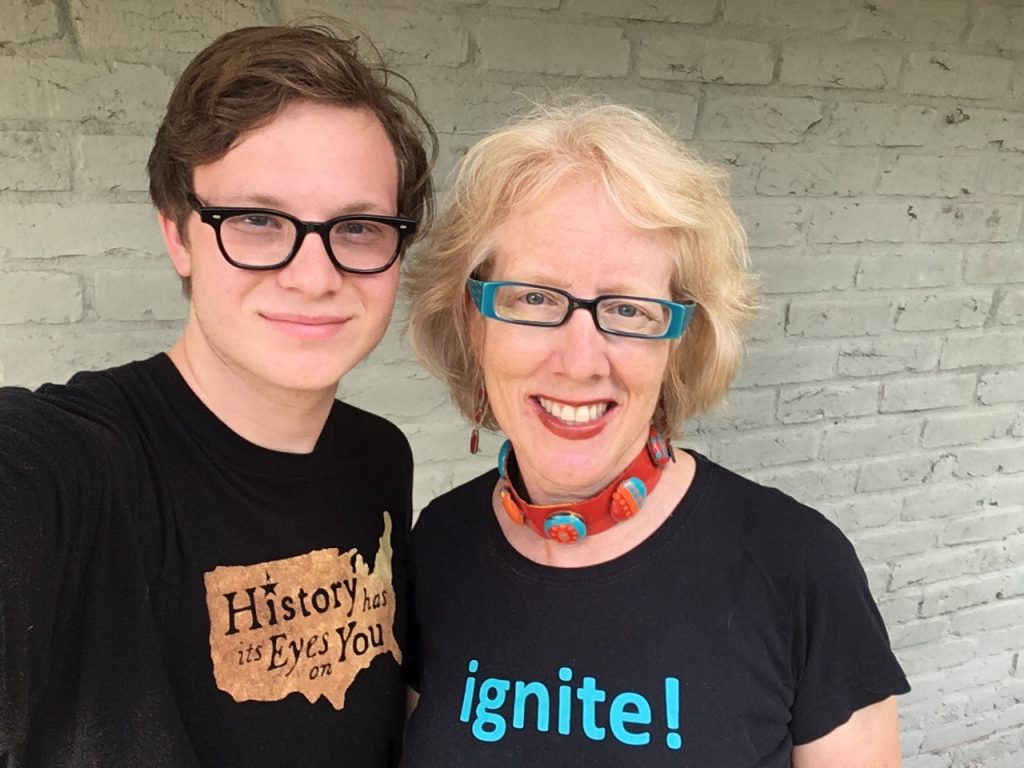





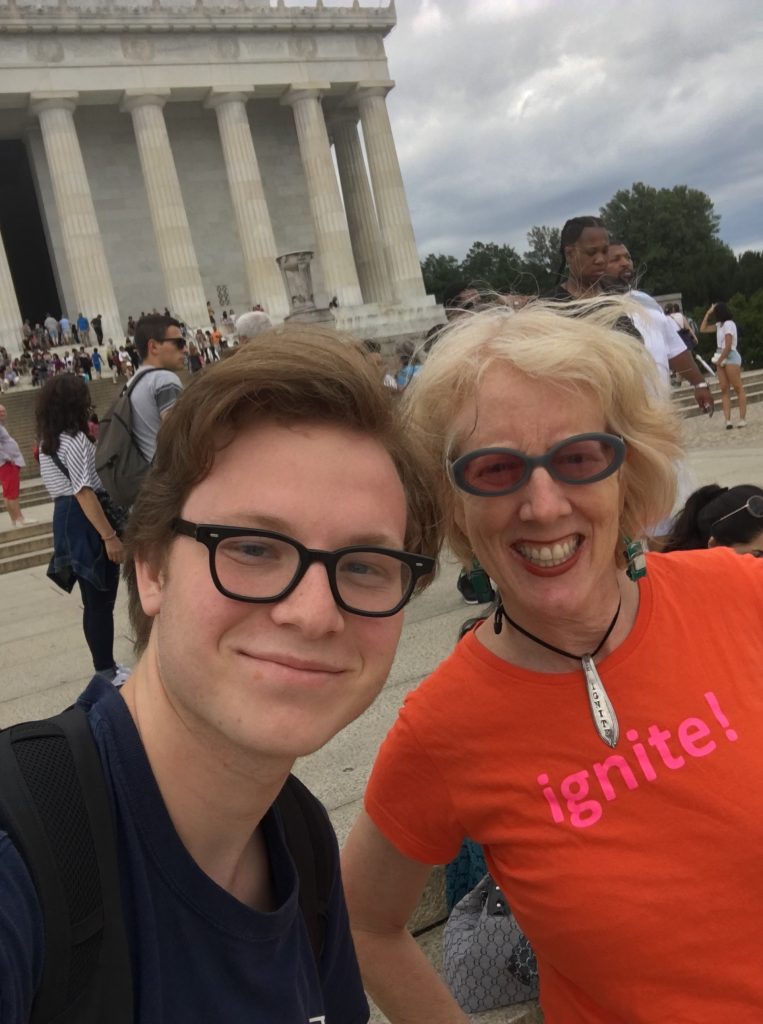
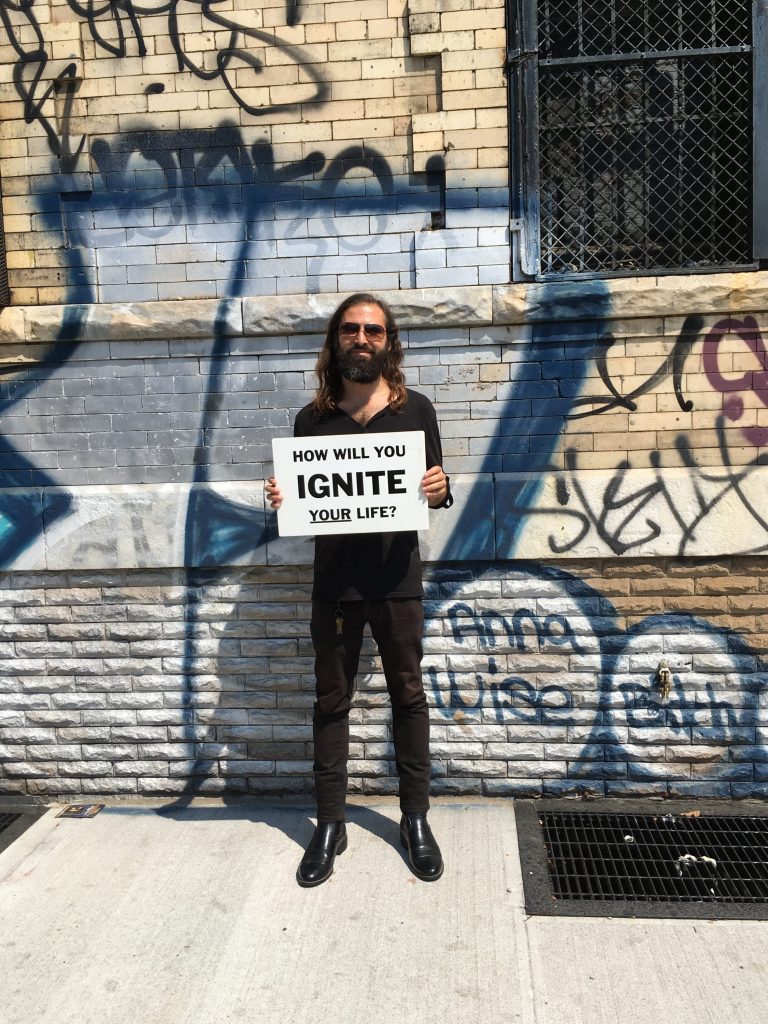

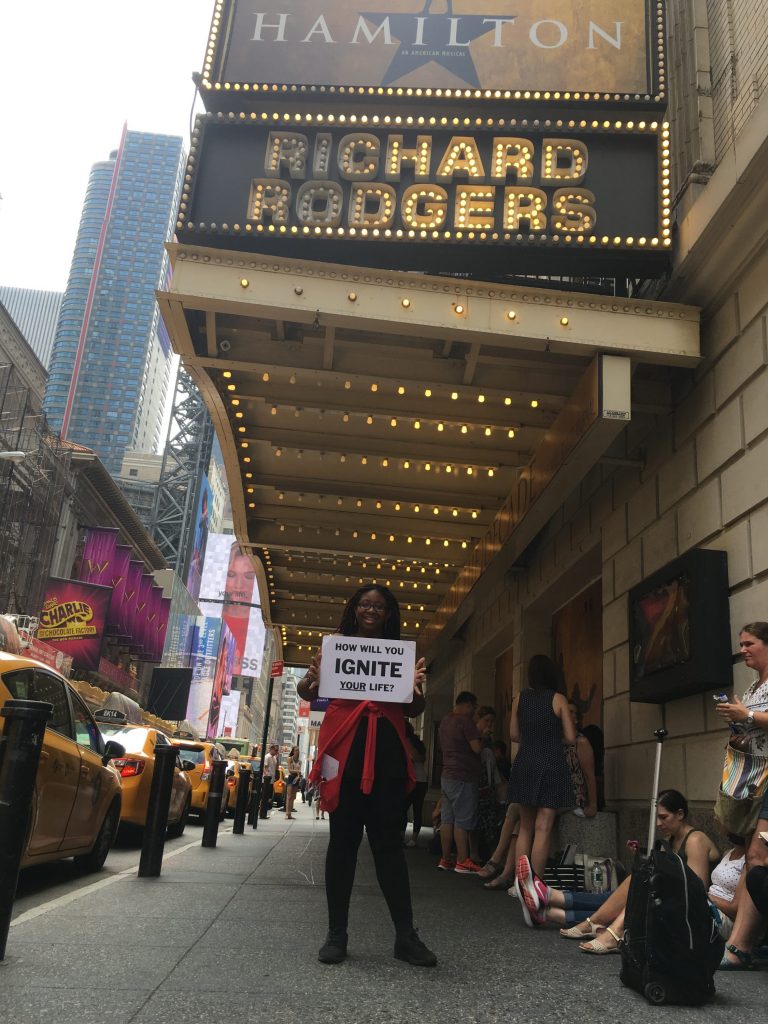











_md.jpg)







